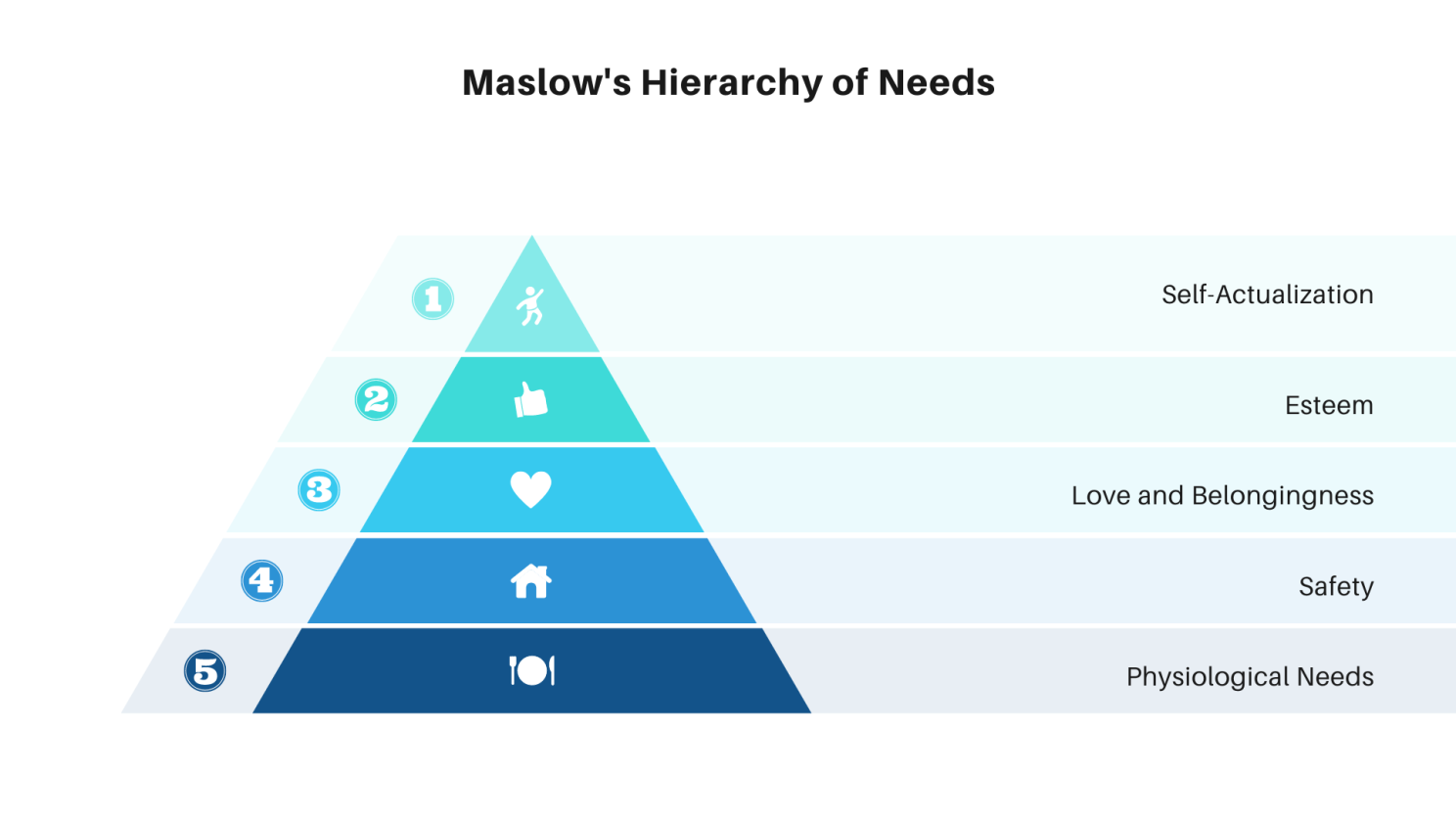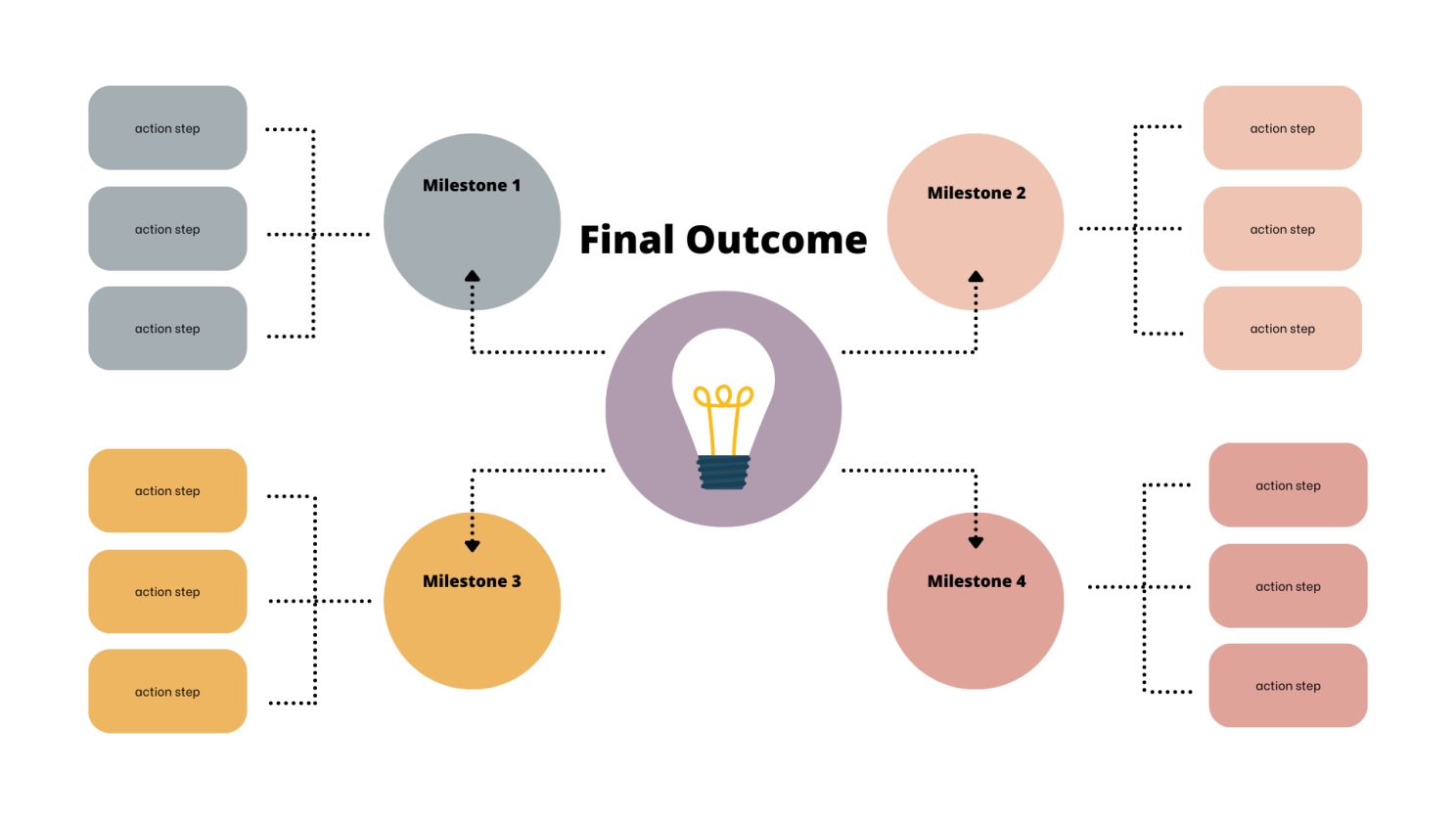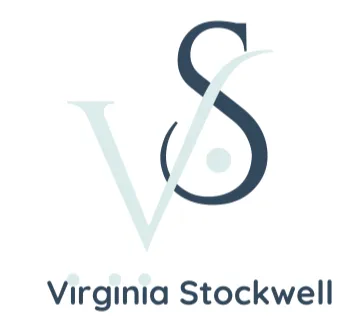*Step-by-Step: Designing an Online Program as a Coach or Consultant

With 1:1 services, income potential is capped by the number of clients you can serve individually. By diversifying into group coaching and online courses, you can potentially serve more people at once, thus increasing your revenue streams. Group programs and online courses can be created once and sold multiple times.
Also, not everyone can afford or is willing to invest in 1:1 services. By offering alternative options such as group coaching, an online course, or digital products, you can reach individuals who may not be able to afford your personalized services.
Two years from now, if you don't look back and cringe a little bit at your very first online course, that's the sign you put it out there way too late.
How do I go about creating an online program?
A common perception is that online courses require students to just watch videos. Your program doesn't have to be that boring.
5-Part Step-by-Step Creating an Online Course
We'll break each step down further in the article.
- Design a Framework: Designing a visual framework is the way to make your unique approach memorable and easy to understand.
- Map the Student Journey: Map out their journey for which your program brings them from point A to point B.
- Create the Modules & Lessons: How long should it take to complete the course? How long is each video? How many lessons?
- Name the Program: There are only two things that truly motivate people to take action. It's the promise of gain or the fear of loss.
- Go Beyond for an Extraordinary Program: You'll gain tips and ideas for making your online program engaging for the students to keep them coming back.
If there’s nothing different about your approach of solving your customer's problem, then they will not have a compelling reason to buy your program.
Step #1: Design a Framework
If there’s nothing different about your approach of solving your customer's problem, then they will not have a compelling reason to buy your program. The goal is to be memorable by sharing why you think the conventional wisdom in your niche is wrong and how your approach is different.
Designing a visual framework to explain your unique approach will make the concept memorable and easy to understand. Your framework provides the comfort of a certainty to an outcome.
Your customer will see the framework and think, “oh there’s a process I can follow. I can do this.” They want to reach the solution to their problem and you've provided a framework to get there.

Step #2: Map the Student's Journey from Point A to Point B
Describe your student's situation right now. This is point A. Describe the transformation after they've completed your program. This is point B.
Next, map out all the phases or steps in between point A and point B. Each phase or step must be a clear yes or no. The student must be able to state that they have completed each phase and are able to move into the next step of the journey by completing a yes/no question at the end of each phase.
Example: yes/no, "I have practiced my elevator pitch 20 times. I have shared my pitch with three people and asked for feedback." The student will know either yes, they have completed this step, or no, they did not complete this step. There is no ambiguity.
Finally, give each phase a name, list the topics you plan to cover, and provide a phase completion goal (one or more yes/no questions) to be able to move into the next phase.
Example: “By the end of the first module, you’re going to lock in your target market and have a clear idea of where to find them.” Your student will then check off all the items on the checklist you provide of action steps to complete before moving into the next phase.
"In this module, you're going to learn xyz. I've attached a PDF with a checklist of all the items that should be completed in order to move into the next phase and achieve optimal progress. Once all the items are checked off, you can be confident that you're ready for the next phase of your journey to (the transformation)."
TIP: Be sure to include a visual map of your customer's journey so they can follow along and know they're making progress in your course. This is also your course outline.

Your Proprietary Process (as sampled above)
- Describe the final outcome or transformation after the customer completes your program.
- Define the milestones in between.
- Define the action steps to reach each of these milestones.
Step #3 Create the Modules & Lessons:
How long should it take to complete the course? How long is each video? How many lessons?
While you may be wondering if you're providing enough information to bring your customer from point A to point B, the truth is that too much information is going to overwhelm and deter from the results they deserve.
- You've already defined point A and point B.
- You've filled in milestones of the customer journey.
- Each of these milestones is going to be one module and inside each module are multiple lessons.
- Each module completion is a milestone completion.
👉👉To avoid overwhelm, 4 to 8 modules is ideal.
Each lesson ideally contains one video 5 to 10 minutes long with one topic or action item to accomplish. If surpassing 8 lessons in a module, ask yourself if perhaps that module should be split into two modules instead.
(begin point A)
Module 1 milestone topic to overcome (Lesson subtopics 1, 2, 3 4, 5, 6)
Module 2 (Lesson 1, 2, 3, 4, 5, 6, 7, 8)
Module 3 (Lesson 1, 2, 3, 4, 5)
Module 4 (Lesson 1, 2, 3, 4)
(end point B)
Your goal is move them from point A to point B as quick and easy as possible without giving them "too" much information so they feel overwhelmed.
The "extra stuff" could be added as a bonus presented as "If you've reached this milestone, this bonus lesson could be helpful, but not required to achieve the final transformation."
👉Keep in mind that the real desire is a short distance without the fluff. Longer programs do not equal more value. Your customer just wants to reach the end goal. Given the opportunity to watch forty hours of video to reach their goal versus two hours of video, they would choose the two-hour version every time.
Step #4 Name the Program
There are only two things that truly motivate people to take action. It's the promise of gain or the fear of loss.
There are only two things that truly motivate people to take action. It's the promise of gain or the fear of loss. Of the two, fear of loss is the stronger motivator.
The best programs titles are specific:
- NO: “How to Make Money"
- YES: "How to Get Your First 100 Sales with a $197 Online Course”
- NO: "How to Increase Sales in Your Coaching Business"
- YES: "How to Get Your First $1,000 Coaching Client”
Would you rather buy a program on "How to Improve Your Dying Marriage" or "How to Stop Your Divorce?" The fear of loss will win every time.
Don't forget about your module and lessons titles! Go through the program and ask how you can make each topic desirable. Each though your customer has purchased your program, you still have to sell them into completing the next lesson so they can be a success story.
- NO: "Ad Creation"
- YES: "The 6-Part Anatomy of a Perfect Ad"
Two Frameworks to Name Your Program
- "[Desired Result] in [length of time to achieve]... even if {objection 1}, {objection 2} and {objection 3}."Example: "Unlimited Tinder Dates in 30 Days … even if you’re new to the game, allergic to selfie sticks and too nervous to swipe right."
- "[Your Niche] 101: Quickly [point B transformation] so that you can [benefit] without [problem they want to solve]." Example: "Step-by-Step Guide to Adoption 101: Quickly cut through the adoption red tape so that you can bring home your new child without waiting years to make it happen."
Step #5 Go Beyond for an Extraordinary Program
- Be on the lookout for ways to use memorable acronyms, graphics, or formulas in each lesson
- Your program has an overall framework and so can each module of your program
- Design a visual map of the entire program with each module also having a visual customer journey map
- Give context by showing examples, proof and results in each lesson
- End each lesson should with an action item
- End each module with a checklist of items that should be completed before moving into the next module, basically a checklist of the module's action items in summary form
- Set up automated emails to go out following completion of challenging lessons with messages of inspiration, encouragement, and momentum Example, “I see you’ve made it through module 1, yay! There’s some really cool things coming in module 2 you’re going to love such as xyz.” Example, "Congratulations on completing module 3! You're moving closer to your goal of (this transformation). In the next module, you're going to learn xyz..."
- Record an introductory welcome module where you'll restate the program promise, assure them that they made the right decision in joining the program, then provide a quick actionable win so they can start off with success
- Include an overall workbook for the program
- Build an accountability community where questions can be asked and answered as a group
- Add enticing thumbnails for each module along with actionable and benefit-driven titles
- Provide other unique experiences inside the program such as meditations, visualization exercises, or affirmations
- End the program with a congratulatory video, recap the progress they made, and outline the potential next steps beyond your program
Curious about starting an online program? I'm here to help!

